According to Wikipedia, haute cuisine means ‘grande cuisine’ and refers to the cooking of the grand restaurants and hotels of the Western world. To be honest with you, I dislike the phrase “haute cuisine”. The connotations associated with this term unfortunately include snootiness, expensive, and pretentiousness. Therefore, those that either don’t want to spend the money or be surrounded by snobbery rarely attempt to eat this type of cuisine. This is true in particular when eating out at a restaurant. Are you paying all that money for the supreme quality of the food, or for the richness and extravagance and pomposity of the service and the surroundings? To enjoy foie gras, beef en croute, and souffle Grand Marnier, one does not need to be surrounded by gold chandeliers, snobby customers, and worst of all the pompous “I know it all” server. I don’t need food on an octagonal plate or food topped off with mysterious foams to enjoy this cuisine. Fortunately I have my Dad and Mom to thank for that!
Unfortunately, according to John Lichfield, who writes for the UK’s The Independent, “haute-cuisine, as defined by the Michelin star-system, is as much a question of the beauty, size and pretentiousness of the frame (i.e. the restaurant), as the quality of the painting on the canvas.” Maybe this is true for the Michelin star rating sysytem. I, on the other hand am from the belief that if a chef cares about ingredients used, extracts the most out of food, shows attention to detail with each plate, and conveys cultural culinary knowledge, he/she too can create “grande cuisine” both at a simple restaurant and at home.
Last weekend I invited my friends Zach and Larkin over for a dinner that was to be very informal and simple. However, as I started to look through my pantry, refrigerator and the rolodex of recipes in my mind I realized that with the ingredients I had on hand, I could a make a dinner labeled “haute cuisine”. The key to making this meal a “grande cuisine” was having the right ingredients, transforming them into elaborate flavors, give attention to detail when serving each course, and then share the rich cultural history of the food with my guests.
The night started with a simple Italian bruschetta. Fresh San Marzano tomatoes were roughly chopped up and cooked with good olive oil, cannellini beans, mushroom stock, and white wine. The sauce was reduced for 30 minutes so that it would be chunky and hold well on top of the crusty Italian Pagnotta bread. Once my guests arrived, I topped it off with fresh Parmigiano-Reggiano from my microplane grater, a drop or two of extra virgin olive oil, and Italian flat leaf parsley.
The second plate was a wild mushroom frittata topped with a spring lettuce mix. The frittata included sauteed onions, garlic, crimini, shitake, and porcini mushrooms and the left over mushroom stock. Once cooked down, the addition of an egg and milk mixture was added to cook and hold it together. Fresh radicchio, frisee, and arugula were tossed with a balsamic vinaigrette and plated on top of the frittata wedge. The final garnish? Table side shavings of the undisputed king of cheeses ‘Pamigiamo-Reggiano.’
The third course was based more on technique, freshness of ingredients, and attention to detail than anything else. A fresh, locally grown whole chicken was stuffed with rosemary, thyme, garlic, and lemon slices. A roasted garlic and herb compound butter was then added to not only stuff the bird’s cavity but also the inside and outside of the bird’s skin to give it that golden brown color. Side dishes included herb and olive oil fingerling potatoes and red, yellow, and orange sweet mini peppers. Plating is important here because you can make simple food look elegant. The fingerling potatoes, long and somewhat thin, were elevated and suspended atop one another like match sticks. The thigh (my favorite piece of meat) was plated crispy skin side up with the drum leaning against it. A fresh lemon wheel was then suspened around the drum. Each plate also had a fanned out array of orange, yellow, and red peppers garnished with a mixture of parsley, thyme and rosemary stems.
The last course, being a very simple dessert, I decided to integrate my guest. I made a jazzed up ‘affogato di gelato’ which is where you take gelato and top it off with good espresso. My friend Zach happily agreed to make the espresso with my old Italian style espresso maker as I know he loves to do. One small ball of vanilla bean gelato was then placed into an espresso cup, topped off with a small amount of espresso, and then garnished with home made candied orange peels that were dipped in dark chocolate.
Based on my guests feedback, the dinner seemed to be a huge success. As far as any delusions of grandeur about my food being labeled “haute cuisine” by the Michelin star rating system, the answer as they say lies in the eye of the beholder. Unfortunately, I will not be writing a food column next month as I will be taking a food vacation thoughout Spain, France, and Italy for a month. If I come back (ha ha) there will be many future articles that I will share with you regarding my culinary experiences throughout Europe.

